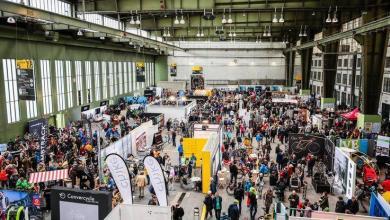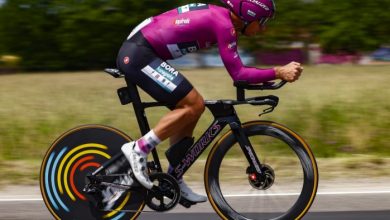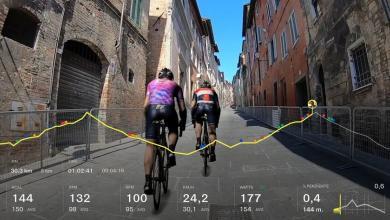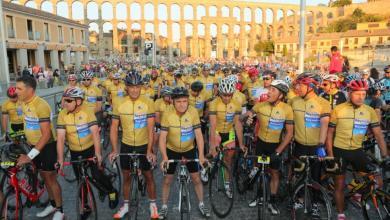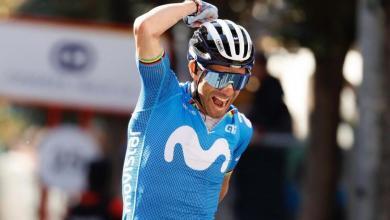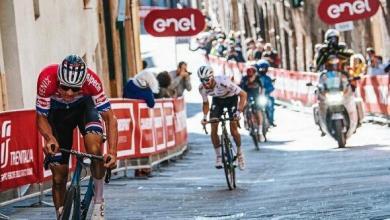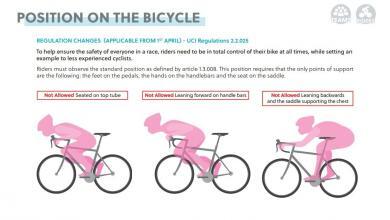Advice from the DGT to increase the safety of cyclists

The new law that enters into force at the 9 in May expressly prohibits overtaking by endangering or hindering cyclists traveling in the opposite direction.or, even if they go by the shoulder. The DGT recommends that the cyclist, be seen see with reflective.
The DGT has published this article offering some advice on follow-up and equipment.
The safety of traveling by bicycle is also in a adequate equipment, both the cyclist and his vehicle. So, if you are a fan of the bike, know the wide range of accessories and clothes for the cyclist.
Regarding the clothing, a good helmet is a highly recommended protection in the city -mandatory on the road- to reduce damage to the head in the event of a fall. The variety of models according to their structure and resistance is enormous. Another form of protection on two wheels is always be visible with reflective elements that 'bounce' the light and mark the situation of the cyclist on poorly lit roads.
In the market there is also a variety of garments to circulate with good and bad weather, in reflective fabrics, waterproof, Breathable y flexible. "The equipment varies according to the use of the bicycle, for the urban cyclist, a complete equipment includes a helmet, a waterproof jacket, a wide trouser cover and a shoe cover.explains Felix Carrasco, from Karacol Sport.
And of course, car care is essential: a bicycle with good maintenance, equipped with front, rear reflectors, buzzer and lights makes the difference. "Lights, reflective y tires in good condition are fundamental safety elements. The equipment of the bicycle is very important, even more than that of the cyclist ", says Juan Merallo, Coordinator of the "Con Bici" platform.
Helmet: position, and well placed
The helmet is undoubtedly a safety element more than recommended. But it is necessary to know how to position it correctly since, if it is misplaced, there is no difference between wearing it or not wearing it:
1 Make sure it covers the forehead, never leaning back. The side strips should be under the ears.
2 Finish adjusting it by placing the back strap under the protrusion of the occipital bone. Tighten it with the wheel.
3 Fasten the side straps under the jaw without tightening (you must fit a finger).
There are no previous results.














